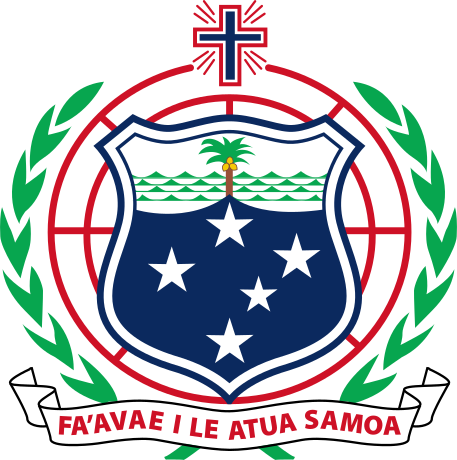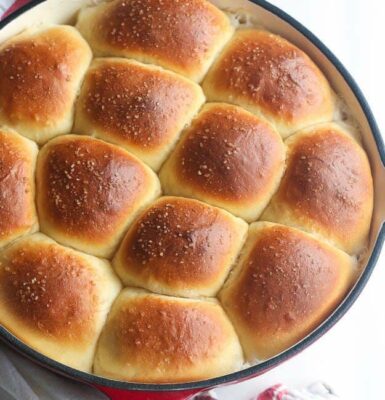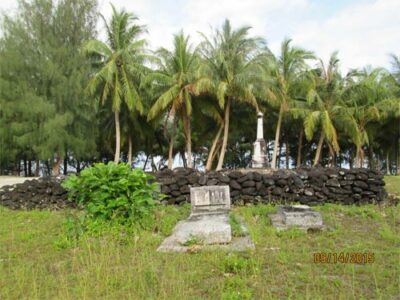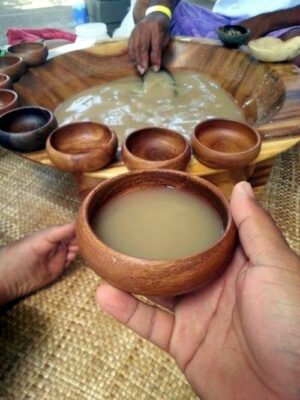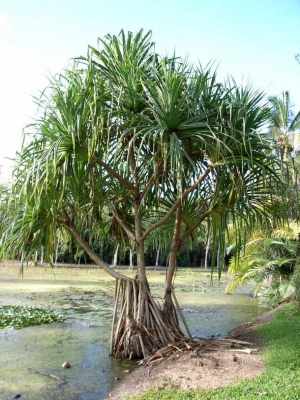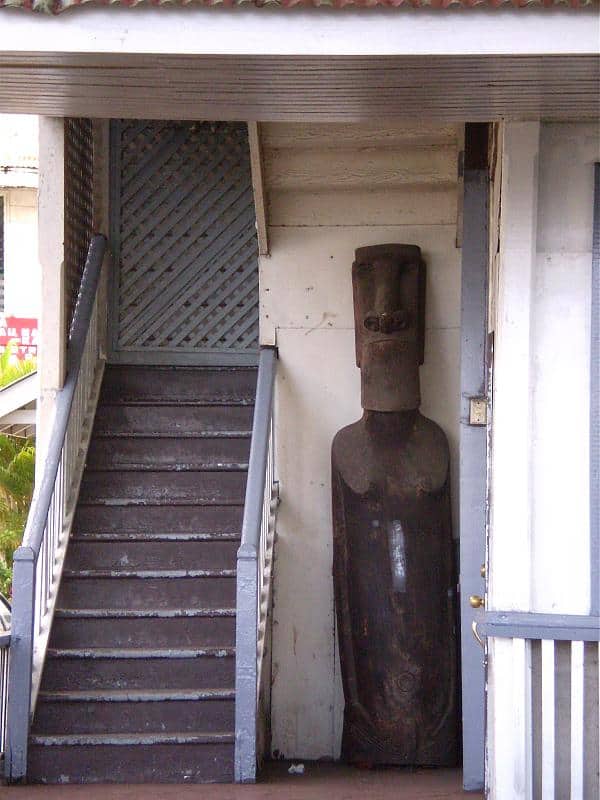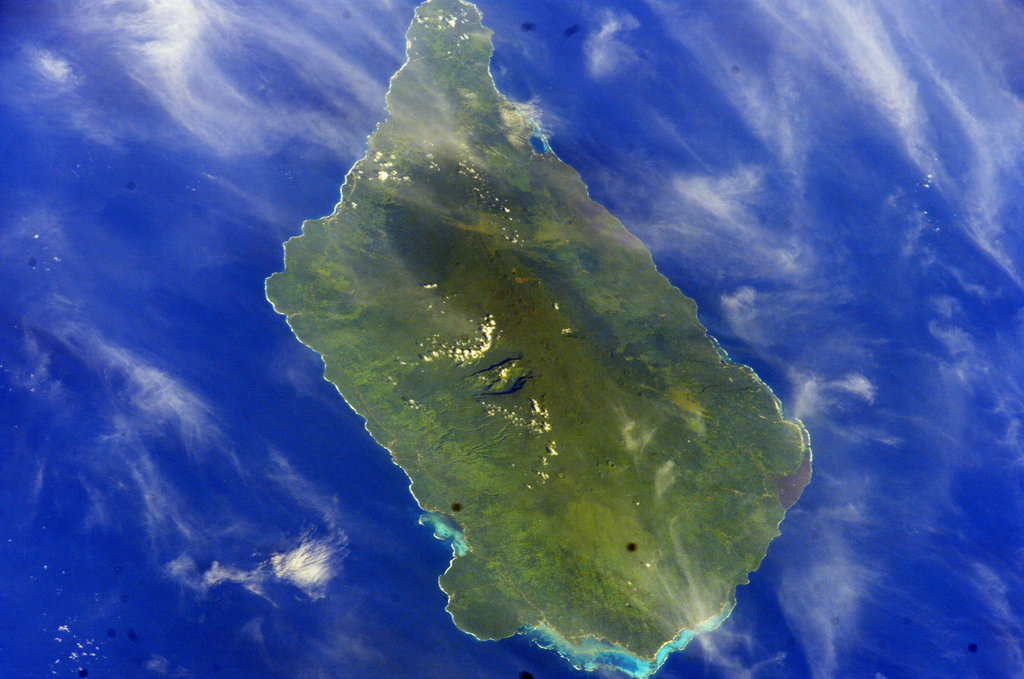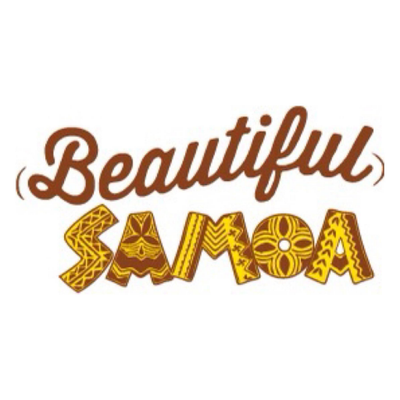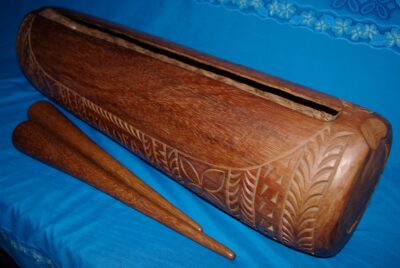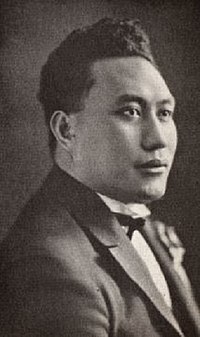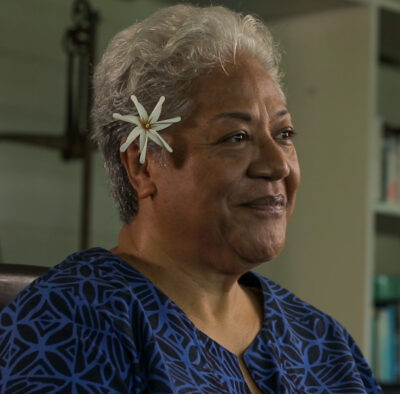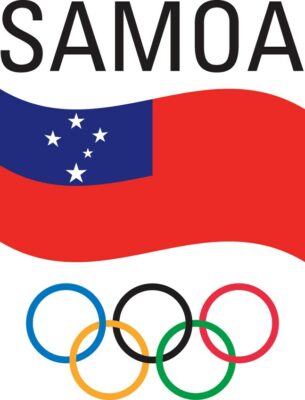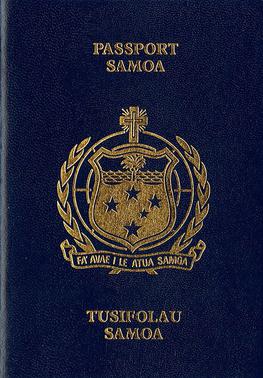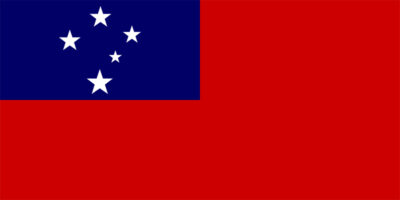National Symbols of Samoa
Last updated on April 18th, 2024 by Editorial Staff
Table Of Contents
By Naeem Noor | Updated on April 18, 2024
Reviewed by Rittika
Samoa is a country in Australia/Oceania. The official name of Samoa is the Independent State of Samoa. The people of Samoa are called Samoans. The country is in Oceania, a group of islands in the South Pacific Ocean, about halfway between Hawaii and New Zealand.
Etymology discusses where a term is considered to have originated from and how its meaning has changed over time. Etymology has been a factor in the naming of countries all across the world, and Samoa has also been influenced. The etymology of Samoa can be defined as; “Holy Center”, from a compound of the Samoan sa (“sacred”) and moa (“center”).
An ethnicity is a group or sub-group of people who are connected based on common characteristics which may include religion, origin, language, traditions, or culture. The ethnic groups in Samoa include Samoans and Euronesians.
Samoa Airways is the national airline of Samoa. The national colors of the country are white, blue, and red. The emoji flag of the country is ????????, and the ISO code is WS.
Samoa is known for its amazing natural scenery, cool beaches, mountain and hills, and aquatic life. The national dish of Samoa is Panipopo. Kava, in addition to being a traditional beverage, is one of the country’s national drinks. The national instrument of Samoa is the Samoan pate.
The country has the time zone UTC+13 (WST) followed by dd/mm/yyyy as the standard date format.
Samoa is divided into 11 districts. The capital of the country is Apia, which is also the largest city in Samoa.
The literacy rate in Samoa is 99%.
The country’s total area is 2,842 km² (1,097 sq mi), and the total population is 198,414. The country’s average elevation is 482 m (1,581 ft), whereas the country’s terrain can be defined as; Two main islands (Savaii, Upolu) and several smaller islands and uninhabited islets; narrow coastal plains with volcanic, rocky, rugged mountains in the interior. The country’s usual climate can be described as; Tropical; rainy season (November to April), and a dry season (May to October).
The area of land next to a sea is called the coast, and a coastline is defined as the line where land and sea meet. Samoa has 403 km of coastline.
The Samoan tālā serves as the national unit of currency, and the Central Bank of Samoa is recognized as the country’s central bank. The domain for Samoa is .as and the country code is +685. Southern Cross constellation (five, five-pointed stars) is the country’s coat of arms.
Museums are known to educate and connect visitors with the nation’s history, culture, civilization, art, and architecture. Falemata’aga Museum of Samoa serves the same purpose and is considered one of the most significant tourist attractions. Falemata’aga Museum of Samoa is home to a large collection of artifacts. It has been designated as the national museum of the country.
The national dress of Samoa is the Puletasi, and 1 June is designated as National Day. In Samoa, the majority of the population practices Christianity as their religion.
Nature is a blessing from God and we must protect it because it provides us with the oxygen and food to survive. It also helps to keep our environment beautiful and clean. To emphasize the significance of nature, Samoa has selected a few forces of nature as national symbols. Samoa’s national bird is theManumea (tooth-billed pigeon), while its national animal is the Whale. The national flower is Teuila torch ginger. The national tree of Samoa is the Paogo (Pandanus tectorius), and the highest peak is Mauga Silisili.
Sports have always played an important role in developing the social and cultural structure of Samoa and other countries. When it comes to designating a sport as the official symbol, Rugby union is considered the country’s national sport.
Fiame Mata’afa Faumuina Mulinu’u II is the founder of Samoa. The country’s national anthem was written and composed by Sauni Iiga Kuresa.
The country’s national hero is Tupua Tamasese Lealofi III.
Due to their unique qualities and rich cultural or historical backgrounds, national monuments around the world are of great importance. Tui Manu’a Graves Monument is recognized as the national monument of the country. It attracts visitors from all around the world.
Numerous organizations are working on a global level to improve the current state of affairs and to collaborate in order to establish and maintain constructive partnerships. Samoa is a member of the Commonwealth of Nations, Pacific Community (PC), and United Nations (UN). Samoa collaborates with them to organize, analyze, and address various events and situations.
The tourism slogan of the country is “Beautiful Samoa” whereas, “Fa’avae i le Atua Samoa – “God be the Foundation of Samoa” is the official motto of the country.
Fiamē Naomi Mataʻafa is the current Prime minister of Samoa.
Samoa has declared Samoan as the country’s official language.
– Further information regarding the symbols and knowledge of Samoa can be found in the table of contents –
Country information
Coat of arms
Flag map of Samoa

Motto of Samoa
Fa'avae i le Atua Samoa - "God be the Foundation of Samoa"
National animal of Samoa
The National animal of Samoa is Whale
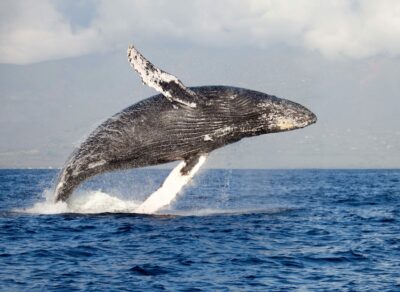
National flower of Samoa
The National flower of Samoa is Teuila torch ginger. Botanical name is Alpinia purpurata .
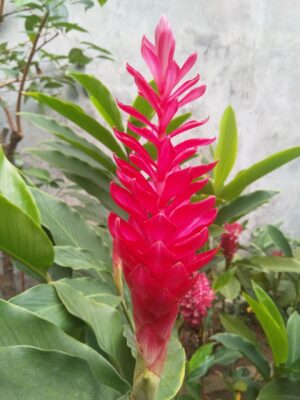
National bird of Samoa
The National bird of Samoa is Manumea (tooth-billed pigeon)
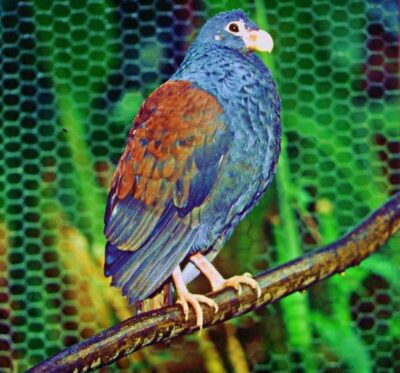
Rest of the National symbols of Samoa 👇
-
FounderFiame Mata'afa Faumuina Mulinu'u II
-
National dishPanipopo
-
National danceSiva Samoa
-
National dressPuletasi
-
National monumentTui Manu'a Graves Monument
-
National anthemView Anthem
-
National fruitNot Declared
-
National drinkKava
-
National colorsWhite, blue, and red
-
National sportsRugby union
-
National treePaogo (Pandanus tectorius)
-
National poetNot Declared
-
National mausoleumNot Declared
-
National museumFalemata'aga Museum of Samoa
-
Central BankCentral Bank of Samoa
-
Highest peakMauga Silisili
-
National football teamSAM
-
Tourism sloganBeautiful Samoa
-
Emoji flag????????
-
National airlineSamoa Airways
-
National instrumentSamoan pate
-
National heroTupua Tamasese Lealofi III
-
Prime MinisterFiamē Naomi Mataʻafa
-
Olympics CommitteeSamoa Association of Sports and National Olympic Committee Inc.
-
PassportPassport of Samoa
Samoan Proverbs - Popular quotes, proverbs and sayings.
A careless person will be taken by surprise by his watchful enemy. Blessed is the moon; it goes but it comes back again. The mat is warm. Having foolishly got into trouble he is asking for help. Gather the breadfruit from the farthest branches first. Like a fish, one should look for a hole in the net. The hand strikes the eye. The stones and the earth weep. The way to authority is through service. If at first you don’t succeed try, try and try again. Catch the bird and watch the breakers. Sit and wait for the good chestnuts.
